While Japanese horror movies really didn’t get going until the post-war period, Japan has been telling supernatural stories in some form or fashion for centuries. It makes sense then that many of the films covered in this article on the best Japanese horror movies ever made would lean heavily into angry spirits, haunted houses, and entities steeped in a dozen lifetimes of a thirst for vengeance.
At the same time, Japanese horror, which is still known as J-Horror in some circles, is as versatile as any branch of horror. There are examples of science fiction horror, fantasy horror, zombies, the sporadic werewolf, and of course, Japan is home to the kaiju.
While the J-Horror boom of the 90s and 2000s has faded somewhat, the country is still producing fantastic examples of the horror movies being produced and released all around the world. Japan is ultimately just one example of countries outside of western culture with deep ties to the horror genre.
Japanese horror movies are widely celebrated for the ghost stories. There is no question that we’re going to be able to cover a lot of those here. Don’t forget that Japanese horror films can also cover a number of different tastes with regards to monsters, style, pacing, or however you define the stuff you like to watch best.
Here are the best Japanese horror movies you should be watching.
The Best Japanese Horror Movies
25. Suicide Club (2001)
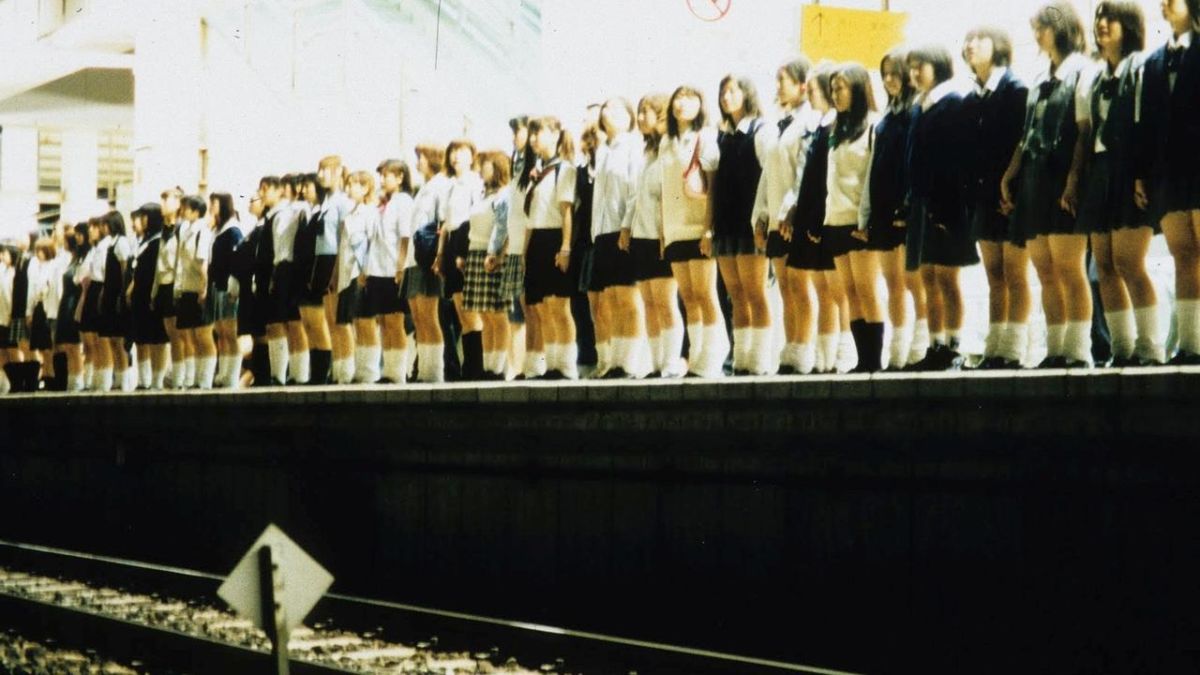
Director: Sion Sono
As bizarre mass suicides skyrocket across Japan, it soon becomes apparent in Suicide Club that something is influencing society on a profound and possibly permanent level. Suicide Club starts bold and establishes an absolutely riveting mystery right at its beginning. The film not only delivers on the promise that it’s worth sticking around to see how this all goes, but Suicide Club is also an exceptional example of how to keep someone’s interest when they can’t imagine the next hour and change can top the first 15 minutes.
There’s not a lot of hope in Suicide Club that police detectives Kuroda (an empathetic, quietly powerful performance by Ryō Ishibashi) and Shibusawa are going to stop this mysterious epidemic before it reaches a long-established conclusion that is only understood by those responsible. This is pretty bleak stuff, albeit with a very grim sense of humor.
But rather than make splashy, controversial art from such a dark subject, Suicide Club sincerely and frighteningly explores Japan’s cultural relationship to loneliness, mental illness, and even suicide. Even as culturally specific as this film is, there’s something relatable to these talking points, as well.
24. Horrors of Malformed Men (1969)
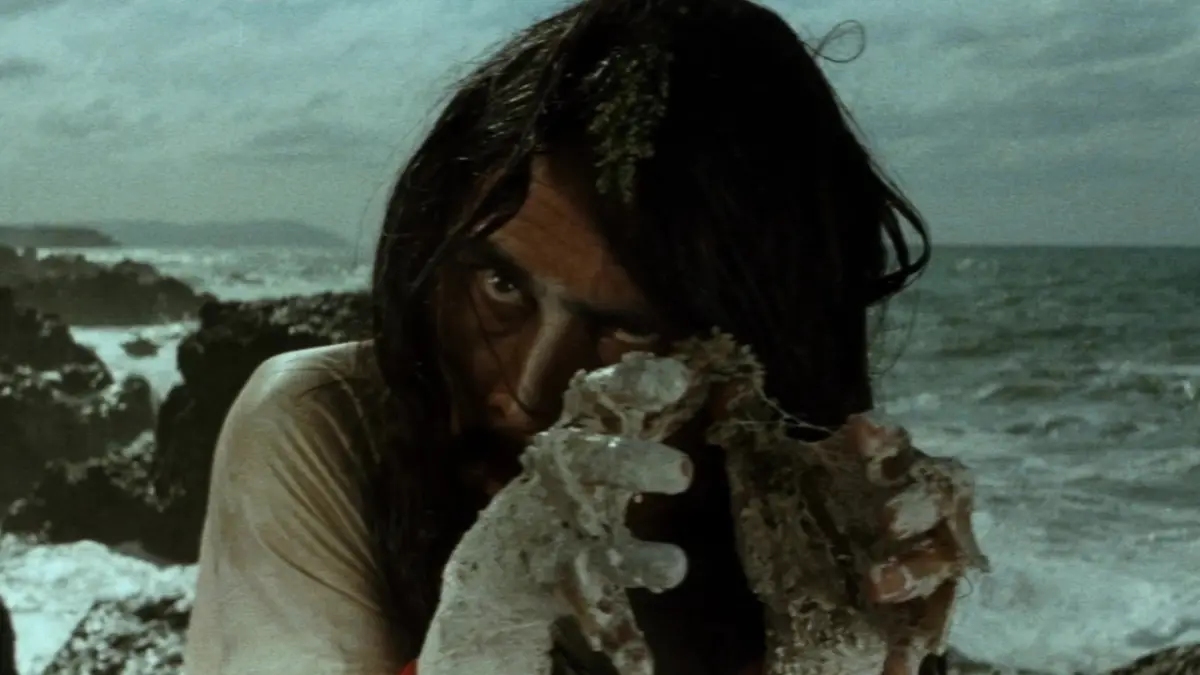
Director: Teruo Ishii
With an evocative, distinct title like Horrors of Malformed Men, you’re going to hope the film delivers on its title in flawless form. It does, drawing from two presumably deranged Edogawa Rampo novels to create one of the most surreal Japanese horror movies of all time. A fast-paced film, as well, with Horrors of Malformed Men throwing everything from body horror to atmospheric hallucinations into a breed of cinematic madness that never descends into incoherence.
It’s difficult to fully explain or describe what you’re getting into with Horrors of Malformed Men. It’s not quite as brutal as some of our other entries, but it has a relentless energy and constant pull into a vicious nightmare with a story concerning an amnesiac who wakes up in a mental institution. It doesn’t slow down or get any better for Hirosuke (if that’s even his real name), and that’s what makes Horrors of Malformed Men a truly unique hellscape.
Horrors of Malformed Men is particularly noted for its shocking ending. Even someone well-versed in twists is likely to be stunned by how Horrors of Malformed Men turns out.
23. A Page of Madness (1926)
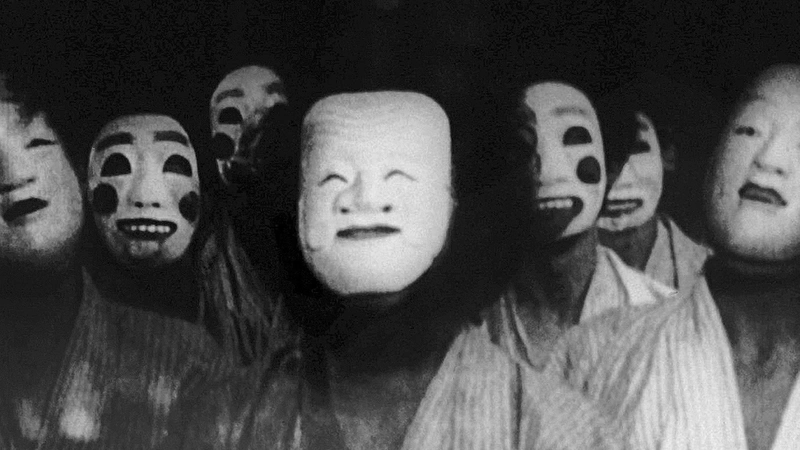
Director: Teinosuke Kinugasa
Lost to oblivion until a copy was found in the early 1970s, A Page of Madness is the rarely seen silent horror gem you’ve been waiting for. Directed by Teinosuke Kinugasa (who continued making films all the way up to the mid-1960s), this is another utterly surrealistic film journey with the ability to leave the viewer completely overwhelmed by the bizarreness of everything they’ve seen.
It doesn’t help the confusion one sometimes feels that parts of the movie are still missing, but that only benefits the disjointed nature of A Page of Madness. The plot of a janitor (Masao Inoue) who works at the rural asylum where his wife (Yoshie Nakagawa) is kept, a victim of his own physical and verbal abuse, is easy enough to follow. This is a story of guilt and complex familial dynamics that also just happens to have some of the scariest silent film visuals you’ve ever seen.
When our janitor goes over the edge, which we assume will happen at some point early on, A Page of Madness gets even more interesting. Fusing incredible elements of creative thinking in the early days of film with such a compelling story, A Page of Madness is essential J-horror viewing.
22. Tetsuo: The Iron Man (1989)
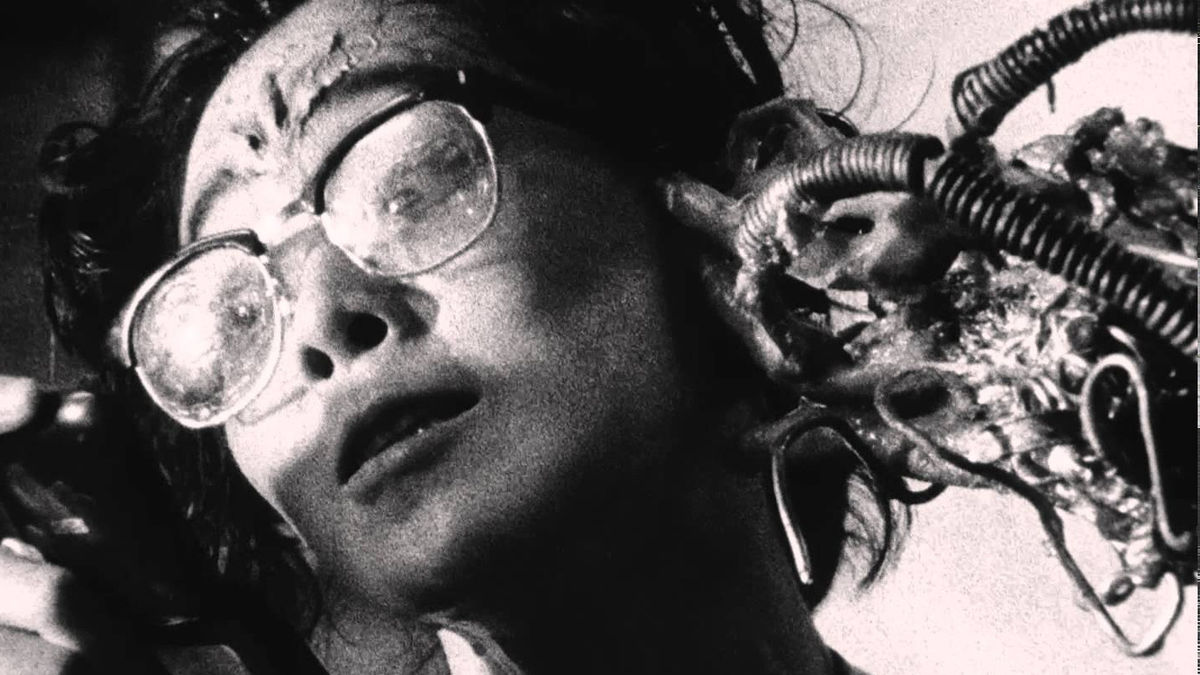
Director: Shinya Tsukamoto
If gore counted for everything in this ranking, then Tetsuo: The Iron Man would be number one with the most visually upsetting bullet possible. Seriously, even the kind of horror fans who consider sitting through Cannibal Holocaust to be a legitimate achievement (it’s not) will tell you Tetsuo is an intense experience. If skin-peeling violence and truly transformative body horror sound like an awful lot to you, then you may just want to skip ahead.
No one will blame you when it comes to Tetsuo: The Iron Man, an infamously twisted film concerning a metal fetishist (yes, you read that correctly) whose complete mental breakdown will change forever the lives of a quiet salaryman (Tomorowo Taguchi) and his girlfriend (Kei Fujiwara). Seemingly passing on a curse that transforms the human body into a horrific marriage of steel and flesh, the salaryman soon finds himself embarking on a journey of suffocating pain and perverse pleasure that even Pinhead would probably want to back off from.
Are we overselling Tetsuo: The Iron Man? No. You’ll never forget this movie as long as you live.
21. Matango (1963)
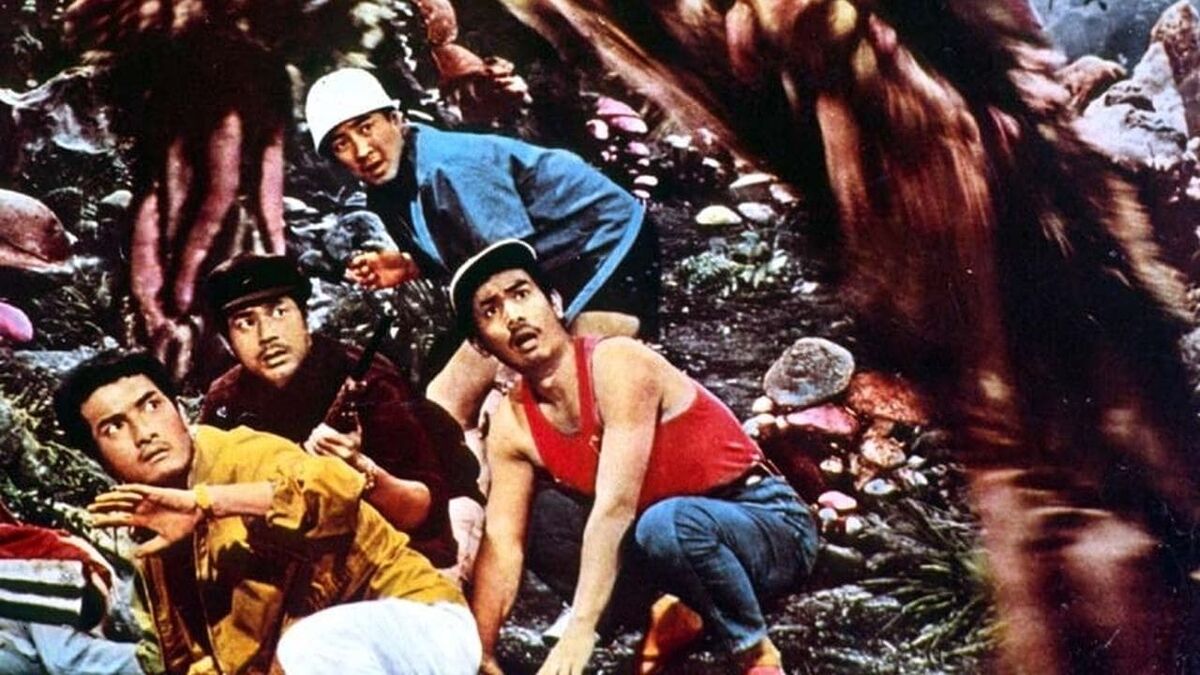
Director: Ishirō Honda
The first of two movies directed by Ishirō Honda for this ranking, Matango isn’t nearly as famous as his seminal 1954 masterpiece Gojira. That fact alone should change as Matango becomes more accessible to audiences who are likely to appreciate this underrated gem that gets Honda as close to the terror he creates with Godzilla’s first movie as he ever would.
Feeling tonally and atmospherically similar to Invasion of the Body Snatchers, the story of Matango focuses on a professor (Akira Kubo) who joins a day trip on a yacht with a group of insufferable jackasses. Their boat winds up on a seemingly empty tropical island with severe damage. Unable to leave, the group begins to explore their surroundings. That’s where they discover the island is in fact home to a terrifying species of mushroom creatures.
Yeah, it does sound a tad silly, but you’re missing out if you skip Matango on that assumption. With good performances from the cast, particularly Kubo as a man immersed in an unforgiving environment he can barely comprehend. Matango gets under your skin with the execution of its premise, the delirium inherent in the setting and atmosphere, and some surprisingly effective creature costumes.
20. Ju-On: The Grudge (2002)

Director: Takashi Shimizu
Few movies proved to be as influential on horror trends in the 2000s than Ju-On: The Grudge. Remade into a very successful American hit a couple of years later, Ju-On maintains its reputation more than 20 years from its release. What’s fascinating is that this film was in fact the third in the franchise. It was simply the first one to get a theatrical release, which spawned one of the most surprising and successful franchises of the decade.
Do you need to see the other two beforehand? Not especially, although the world created by writer/director Takashi Shimizu and others offers some deep worldbuilding and lore to back up its premise of ghosts, vengeful spirits, and the disasters that await those who innocently come into contact with these concepts.
Ju-On: The Grudge is scary on several levels, and the most prominent of those would have to be its ability to draw out a quiet moment to the point of near-madness. These moments are interrupted by varying forms of violence, and it’s never a disappointment or poorly executed.
19. Tokyo Gore Police (2008)
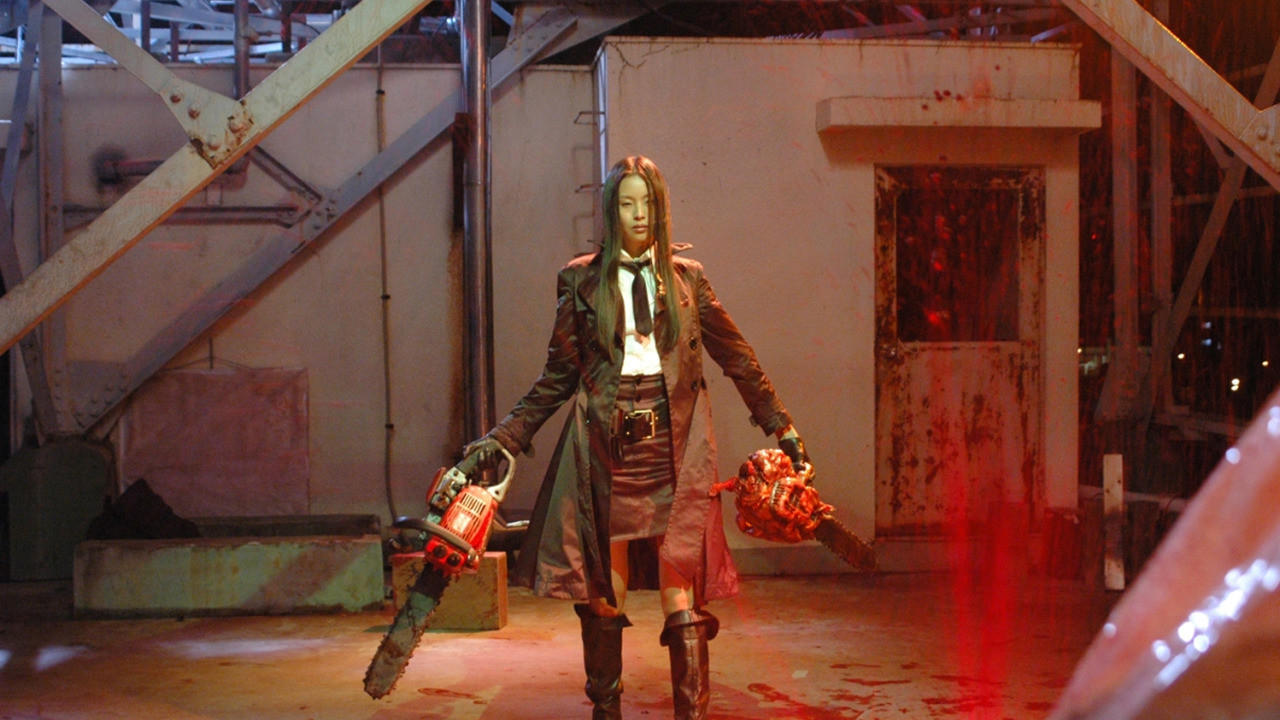
Director: Yoshihiro Nishimura
Make sure you’re the kind of person who can handle buckets and buckets of gore, as Tokyo Gore Police is one of the most vicious movies on this list for its abundance of violence. For many, it reaches a level of being almost cartoonish, but there’s still something that isn’t quite scary, perhaps, but is at least the kind of experience you won’t forget anytime soon.
Tokyo Gore Police is a good deal more than just its visual punches. The film benefits from memorable characters and performances, a smart sense of humor, and an enthusiasm for decadence in every regard. Eihi Shiina provides the film with an exceptional, captivating protagonist. She’s a truly unique hero for a decidedly unique splatter-fest of a movie.
Momentum such as this rarely completely sustains itself, but Tokyo Gore Police manages to never let up without once falling apart under its own deranged ambition. There’s more soul to the proceedings than you might suspect.
18. One Missed Call (2003)
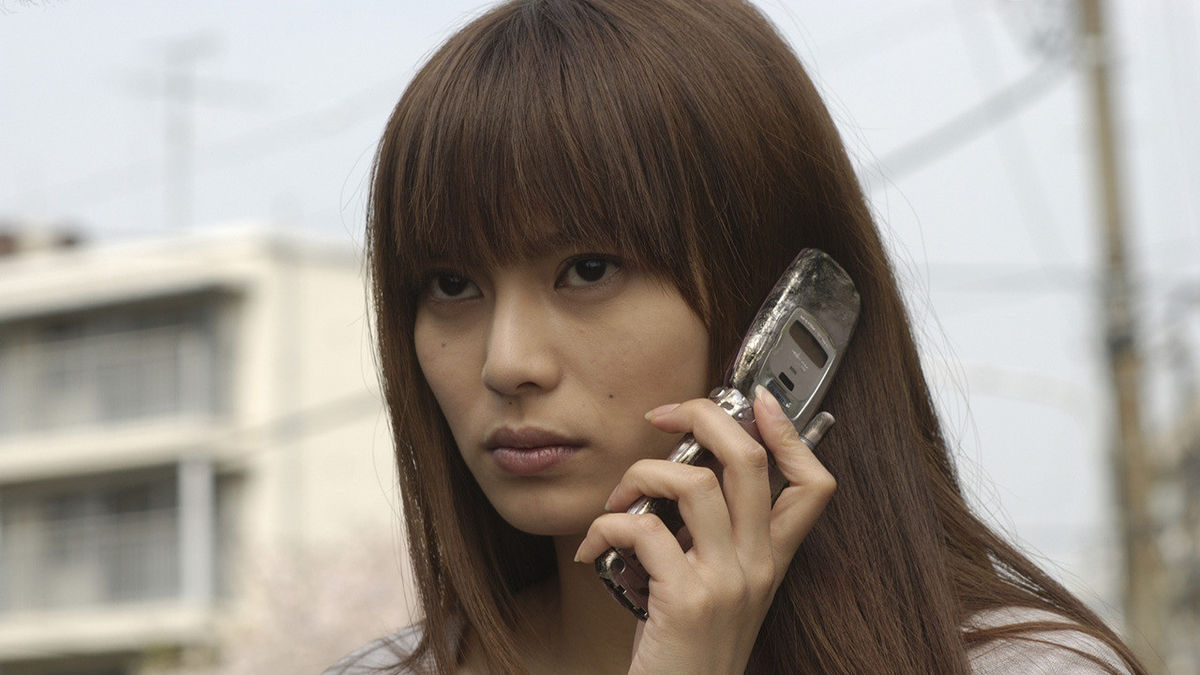
Director: Takashi Miike
Don’t think this is the only time we’re going to talk about the staggeringly prolific and creative director Takashi Miike.
One Missed Call is among his most revered and successful, with this 2003 murder-mystery thriller being successful enough to generate sequels, a television show, and an American remake that’s best avoided. If you only want to focus on this first film, in which a range of individuals are receiving phone calls purportedly from the future, containing audio of their own deaths. It’s a good premise for something weird to go down, to be sure.
Yet, while One Missed Call has plenty of strangeness going for it, with a fantastically manic final act to leave you breathless, it’s also a surprisingly grounded example of Japanese horror. One Missed Call is going to surprise you in the best way possible, even as you think you have a pretty good understanding of a young woman named Yumi (Ko Shibasaki) and her frantic bid to understand what’s going on before it’s too late.
17. Wild Zero (1999)
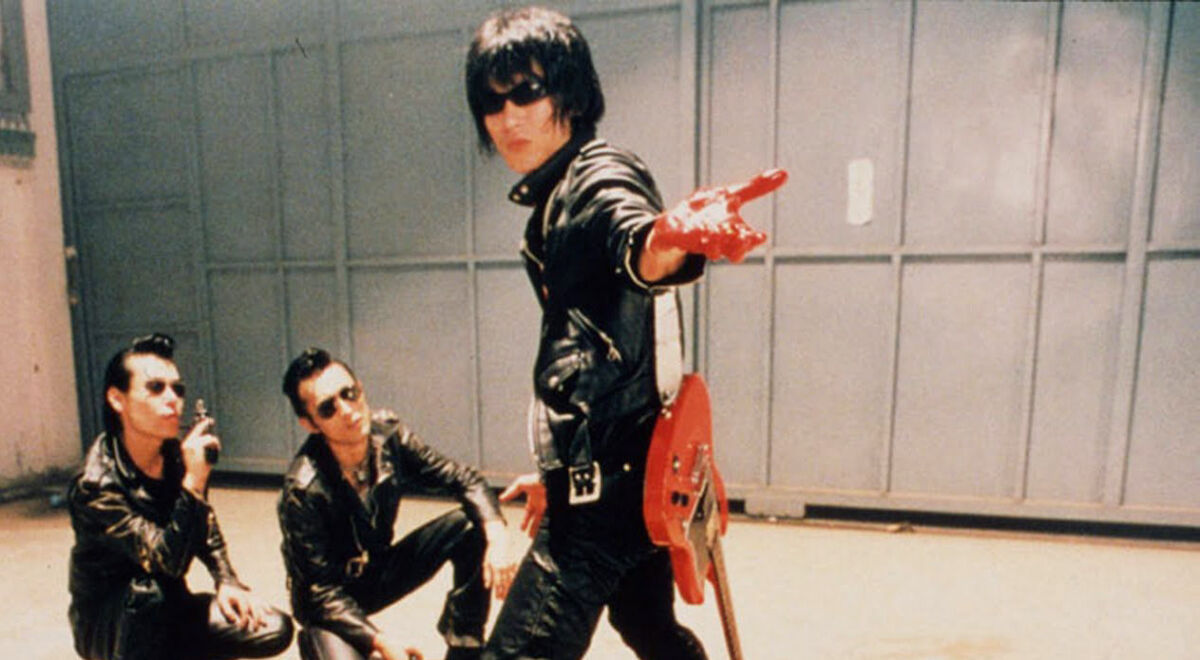
Director: Tetsuro Takeuchi
Wild Zero is one of the best pieces of evidence we have that a truly balanced horror-comedy is within the realm of possibility. Those seeking either of those genres will be more than happy with what Wild Zero and its story of zombie mayhem in a post-apocalyptic nightmare brings to the table.
The story might be familiar to fans of the undead and/or the end of all things, with a meteorite crashing to earth and naturally creating the perfect circumstances for zombies to show up and start wrecking the place. Survival becomes a frenetic bid of making fast-paced decisions with a thousand horrors coming from every possible direction.
This sort of story doesn’t have to include comedy, and in many cases wisely doesn’t. Wild Zero is the stuff of legends for taking an approach Return of the Living Dead had a blast with in 1985 and turning it into one of the most satisfying roller coasters of cinematic chaos you’ll experience. Don’t be surprised if you become a big fan of the music of Guitar Wolf when it’s all said and done.
16. Kuroneko (1968)
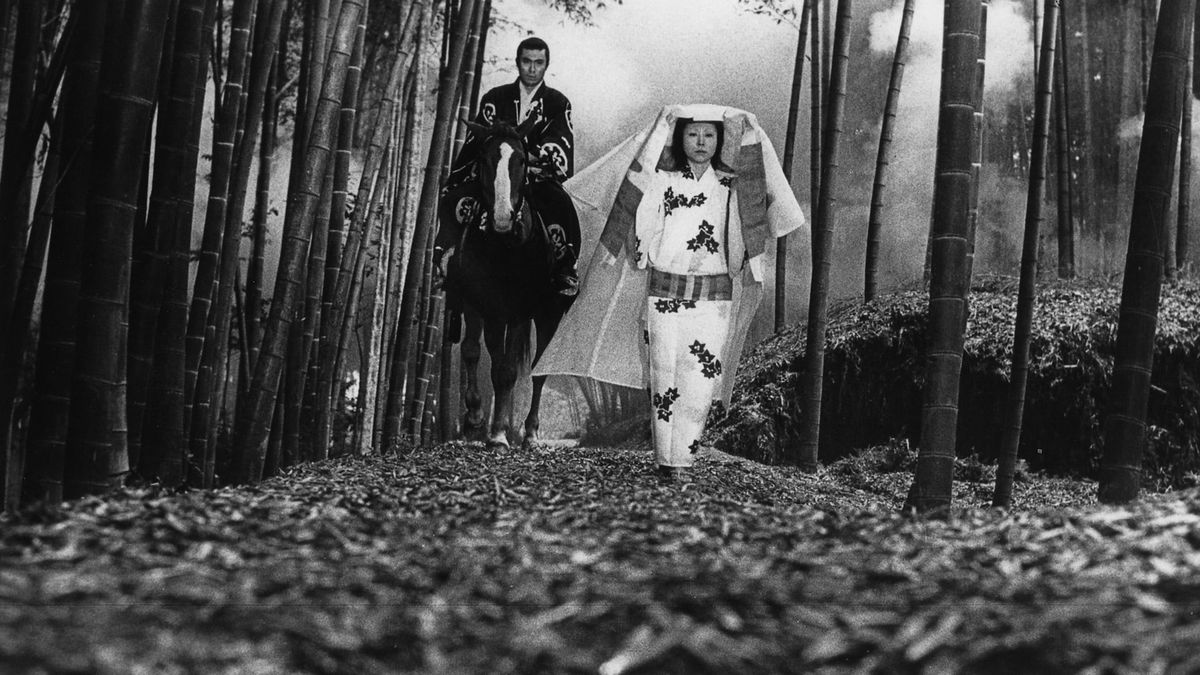
Director: Kaneto Shindo
The stunning beauty of this film’s use of monochromatic color tends to sweep you up in the proceedings. With such a sparse, beautiful, and detailed ghost story to watch, it can be easy to forget that Kuroneko is also scary as hell, featuring haunting performances by a flawless cast.
Nobuko Otowa and Kiwako Taichi as an older woman and her daughter-in-law respectively have a dynamic that is truly unlike anything you’ve ever seen. Raped and murdered by a samurai, they now operate in a stasis of a craving for retribution that will never be satisfied.
Kuroneko operates as a fable, with a simple backdrop and a deep dive into what it means to want justice. It goes without saying that the rage of these ghosts is more than justified. Under a truly ominous atmosphere, the film sets about taking this idea down a path that truly challenges the perception of those watching.
15. Marebito (2004)

Director: Takashi Shimizu
A young man (Shinya Tsukamoto) with a deep fixation on death gets more than he bargained for. His efforts to experience something truly singular leads him to bring back a woman (Tomomi Miyashita), who drinks blood from a spiritual realm within Tokyo. Their relationship gets disturbing in a hurry.
Morbeito itself takes on the tone of a nightmare that follows you into waking life, distorting reality itself beyond your ability to understand what’s happening to and around you. While this premise clearly didn’t work for everybody, Marebito is one of the most creative vampire movies ever made.
Part of that is because it’s not purely a vampire movie. It’s an expansive, brooding ghost story that offers little hope, but plenty of frightening implications of the world beyond what we know. Despite not being quite as famous as director Takashi Shimizu’s Ju-On series, Marebito has electrifying performances from a cast working under a challenging premise and style. The feelings of dread it maintains throughout are exceptionally well-done.
14. Ugetsu (1953)

Director: Kenji Mizoguchi
A husband and father named Genjūrō ignores the warning of a local sage to avoid profiting during the ongoing wartime conditions. You can already imagine how that works out for him in one of the best period horror films to ever come out of Japan.
Ugetsu is still a masterwork of atmosphere built on sincerely mysterious plot points and the ongoing sense that Genjūrō is doomed. We just don’t know what the consequences might be for those around him, including his family.
Ugetsu is as spooky in its story and general aura as ever. Cinematography by Kazuo Miyagawa sets the tone, while also creating a space that takes us to 16th century Japan. Machiko Kyō as the eerie, driven Lady Wakasa is perhaps the most effective means of taking us to something haunted.
13. Wicked City (1987)
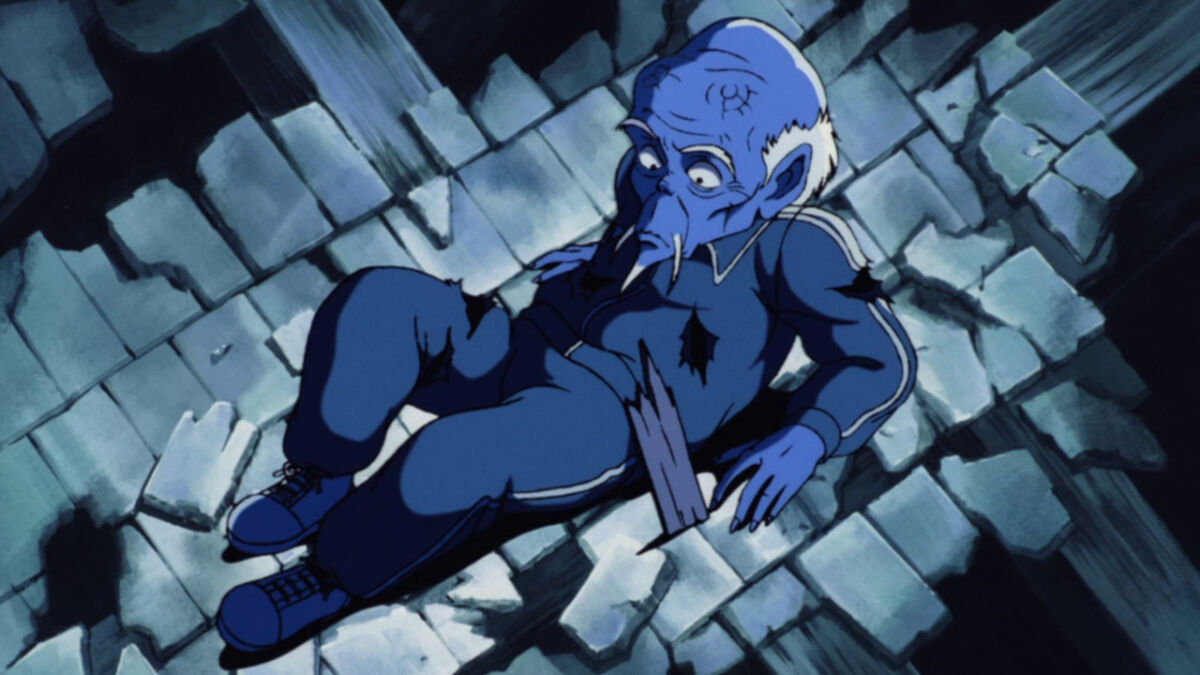
Director: Yoshiaki Kawajiri
Wicked City starts with a premise of a human and demon teaming up to prevent the destruction of a treaty between their worlds.
The noir approach to visceral, memorably nasty violence and a breakneck trip through a wilderness of utter chaos gives Wicked City a lot to set it apart from other horror works created by the legendary Hideyuki Kikuchi. His works are difficult to top, even now, and Wicked City remains one of his best, as well as one of the best of the Japanese horror genre.
Based on novels by Kawajiri, Wicket City boils down to secret police known as The Black Guard and their effort to prevent the destruction of existence as we know it. The movie doesn’t go too much deeper than that, although it establishes memorable leads to give us an anchor through some truly stunning depictions. The film never fails to present a world of vivid creative design and unflinching nightmarish bedlam.
12. Dark Water (2002)
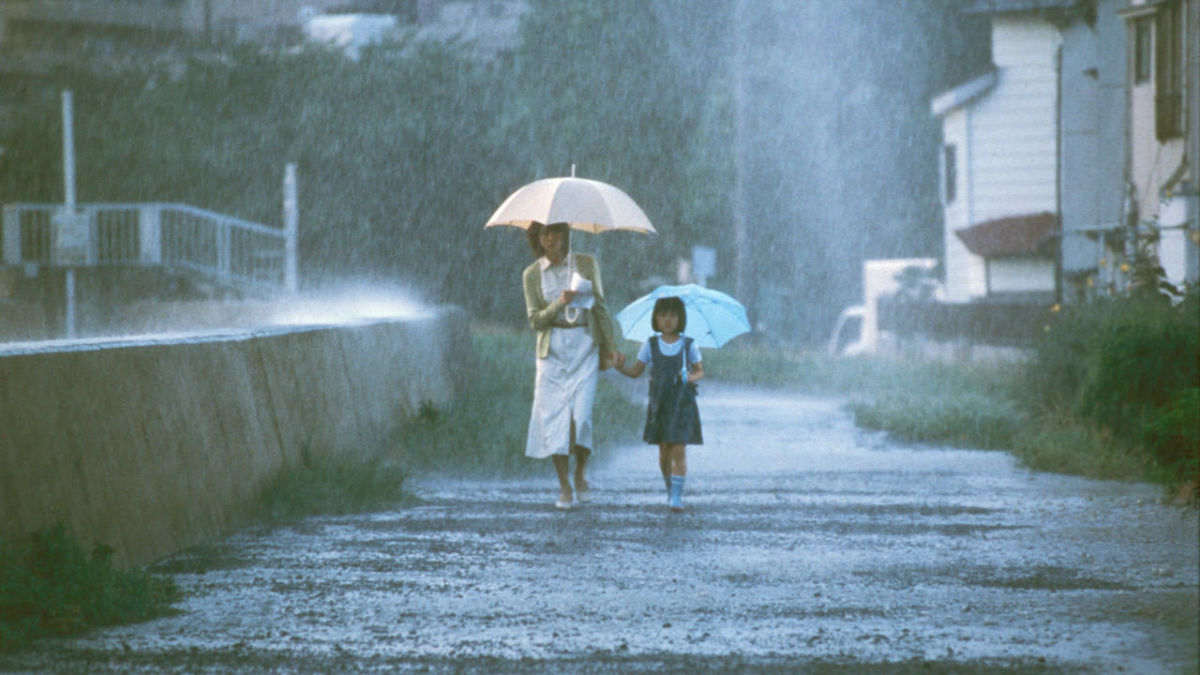
Director: Hideo Nakata
For mood and pacing alone, the 2002 J-horror classic Dark Water is often found on any given list of the best Japanese horror movies. The well-intentioned but ultimately flat 2005 remake proved that these elements could not simply be recreated — they are unique to this film.
Dark Water offers an atmosphere of almost overwhelming sadness in its seemingly straightforward premise of a newly-divorced single mother struggling to keep her sanity and protect her daughter in a new apartment. One which may or may not be haunted.
It’s safe to say that the apartment is indeed haunted, but the journey Dark Water takes us on is one relentless and quiet surprise after another. Only when we get to the movie’s climax do the proceedings turn up to something more deliberate and even brutal. This culminates in an ending that is truly a product of loss and despair.
Dark Water may not be as famous as The Ring or Ju-On, but it’s every bit as well-made and frightening.
11. Godzilla (1954)

Director: Ishirō Honda
For many people in the west, the groundbreaking, still-potent 1954 classic Godzilla remains their only major exposure to Japanese cinema period, let alone horror. It is also still widely regarded as one of the best entries in one of the longest-running movie franchises in history.
A monstrous creature awakening from a centuries-long slumber after atomic bomb tests was a reasonable idea for a horror movie in Japan at this point in time. However, while the movie offers plenty in the way of Godzilla laying waste to everything he sees, the original Godzilla is also steeped in the anger and fear associated with this frightening new era of what humanity was capable of.
In grim black-and-white, and featuring a creature design that still works beautifully for this era and style, the original Godzilla is impressively still a very scary movie. The malevolency of Godzilla is pure destructive chaos, with fantastic human performances by such legendary actors as Akira Takarada, Momoko Kōchi, Akihiko Hirata, and Takashi Shimura. Watch the 1954 original first, if you’re new to all things Godzilla.
10. Noroi: The Curse (2005)

Director: Kôji Shiraishi
Despite not getting quite as much attention as other Japanese horror films from this period, the respect for Noroi: The Curse has grown in recent years. It has become a fixture of lists celebrating not only the best Japanese horror movies, but the best found footage horror movies period.
A paranormal investigator goes missing. That’s all we need for a deeply disturbing dive into not only a wild depiction of the spirit world, but also the very nature of how and why someone’s curiosity can drive them to make catastrophic decisions.
Noroi: The Curse is brilliant in its pacing for a two-hour movie with a mass of characters and narrative threads. The film is an overwhelming experience on a variety of fronts but doesn’t lose track of itself. Nor does the movie fall apart as what we’re seeing on screen climbs to dizzying heights of its plot.
Noroi offers just about everything you’d expect from found footage horror and utilizes these things in the best fashion possible.
9. Pulse (2001)

Director: Kiyoshi Kurosawa
You can’t ignore the disconcerting fact that this 20+ year old movie about an apocalypse brought about by literal ghosts in the machine still has some sharp cultural teeth. The story is even more relatable now than it might have been in 2001.
Relevancy aside, Pulse is also a claustrophobic, slow descent into a particularly startling death of life itself. Disappearances mount throughout Tokyo and elsewhere, and the only linking thread among these vanishings seems to be the internet.
Pulse establishes a great premise, and then takes it to a degree in which what’s happening becomes bigger than any one person. An ever-shrinking group of survivors can only try to stay alive under new, unshakable circumstances. The sense of dread in this film is pretty heavy from start to finish.
Even as the conclusion becomes clear, Pulse will find plenty of ways to surprise you with how utterly unnerving it is.
8. Kwaidan (1964)
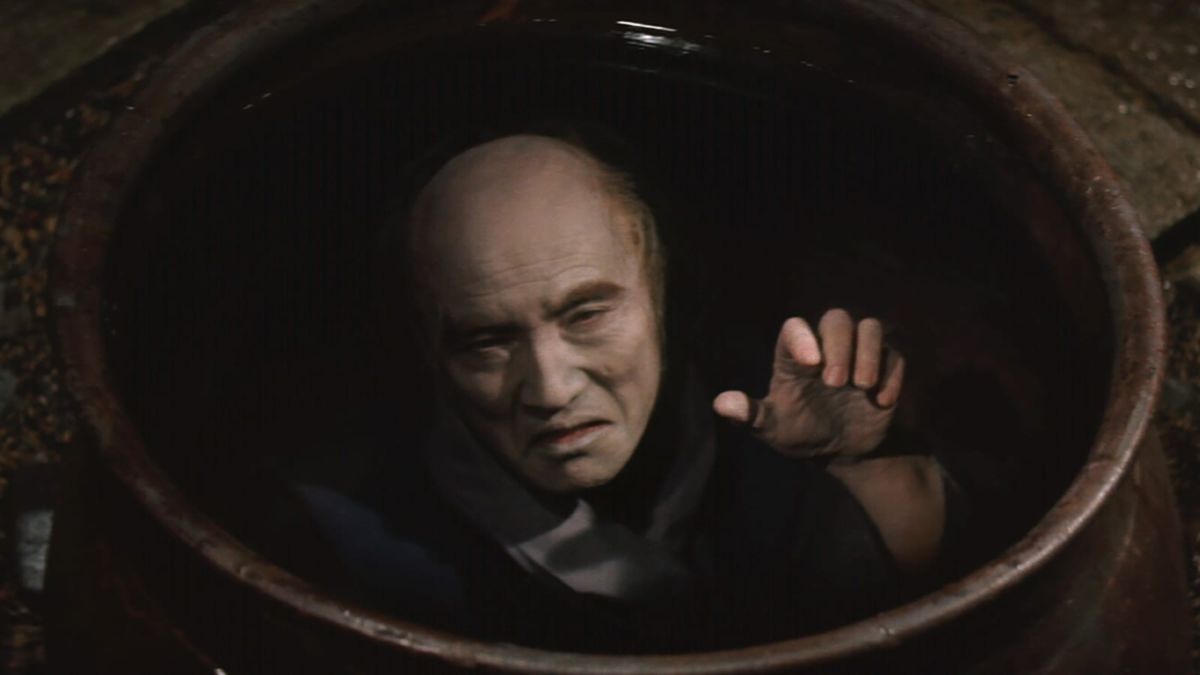
Director: Masaki Kobayashi
Few horror anthology films combine scary with beautiful as uniquely and flawlessly as Kwaidan. Taking ancient folk stories from Japan’s rich history and putting them to the most vibrant colors imaginable created something that even at the time was hailed for being a truly singular horror film. There really isn’t another anthology horror movie that can be compared to the four stories which make up director Masaki Kobayashi’s most impressive cinematic achievement.
Kwaidan is not as overtly horrific as some of the other entries on this list. A lot of its power comes from its atmosphere, as well as performances by Misako Watanabe and Takashi Shimura (one of the giants of Japanese film in this period). Iits attention to detail in recreating these folk stories with the language of film is almost intoxicating. These stories live on in a fashion that emphasizes the power of filmmaking itself.
While fairly long at 182 minutes, every story has vitality and gorgeous scenery. Every story is perfectly told, even under the lens of a 21st century viewing.
7. One Cut of the Dead (2017)
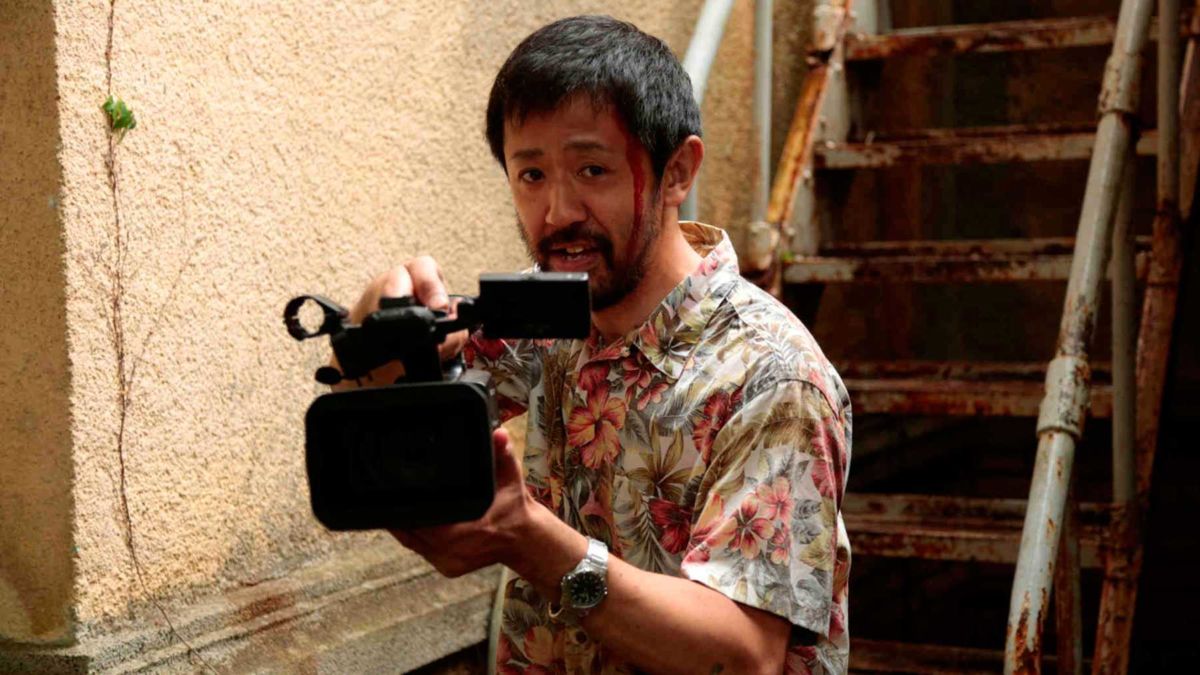
Director: Shinichirou Ueda
Zombie films aren’t going anywhere anytime soon. While it’s easy to just say the genre has been devoid of surprise or cleverness for a while, the truth of the matter is that films and shows are still finding amazing tricks to pull with the undead. The inventive, hilarious, and disarmingly sweetness of One Cut of the Dead should be appreciated as one of the best zombie movies of the 21st century.
In all absolute seriousness, this shocking horror comedy (which leans slightly more into comedy than some might prefer) is almost impossible to dislike. An incredibly creative premise that starts simply with some zombies attacking a group of low budget filmmakers. This movie also offers a lovely cast of likable, humorous, and believable characters. This is really all One Cut of the Dead needs to be a Japanese horror movie that must be seen to be truly believed.
When you’re done, check out the 2019 follow-up, which somehow manages to be almost as good as its predecessor.
6. Vampire Hunter D: Bloodlust (2000)
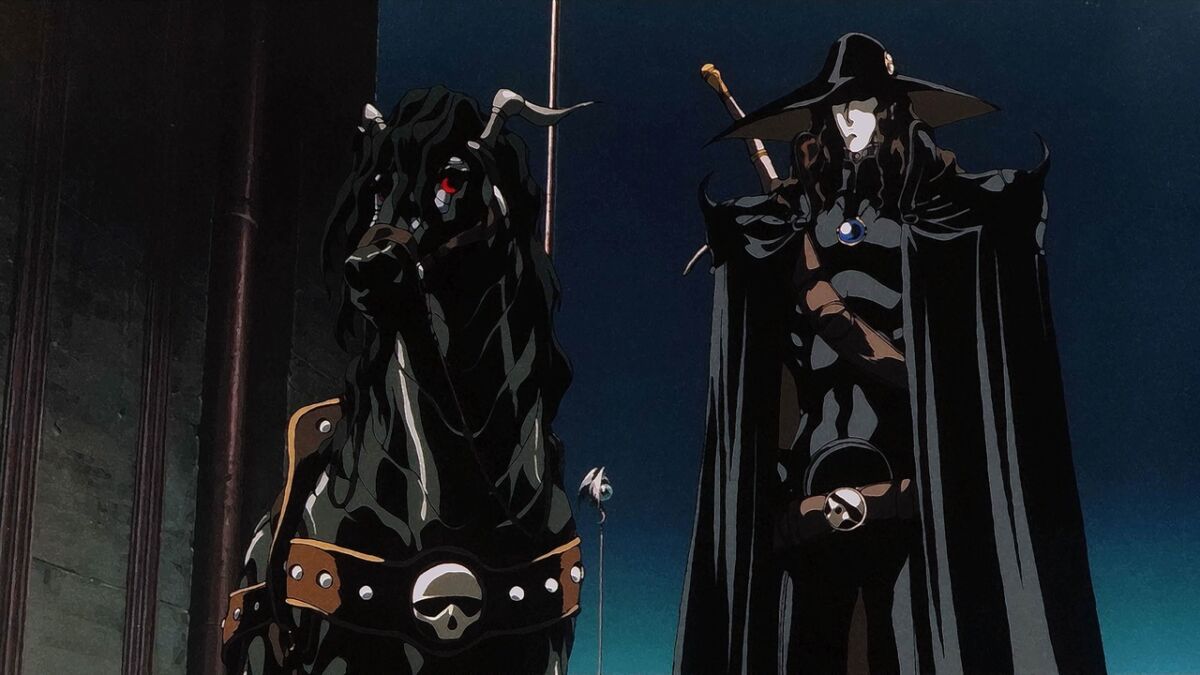
Director: Yoshiaki Kawajiri
If you haven’t seen the first film adaptation of a series of compulsory novels by Hideyuki Kikuchi, you should certainly change that. The 1985 film is simply a lot of fun, and it sets a good tone for what you get with a sequel that was hotly anticipated in 2000 and has since gone on to become a classic.
Lavishly drawn (utilizing as its source the unforgettable talent of Yoshitaka Amano) is a good way to describe the viewing experience with Bloodlust. The animation reaches levels that many have described as poetic, and it’s hard to argue with such praise. Some would call this one of the best animated movies of all time in any argument on the subject.
The story itself could be described as a gothic horror fantasy in the spirit of The Good, The Bad, and The Ugly. Several characters are in play, with the titular vampire hunter known as D being the most important. However, Vampire Hunter D: Bloodlust gives ample time to a host of strange and downright scary faces.
It never stops being a lush gothic masterpiece in every sense of the word. Most notably, perhaps, in terms of its action and violence.
5. Ringu (1998)
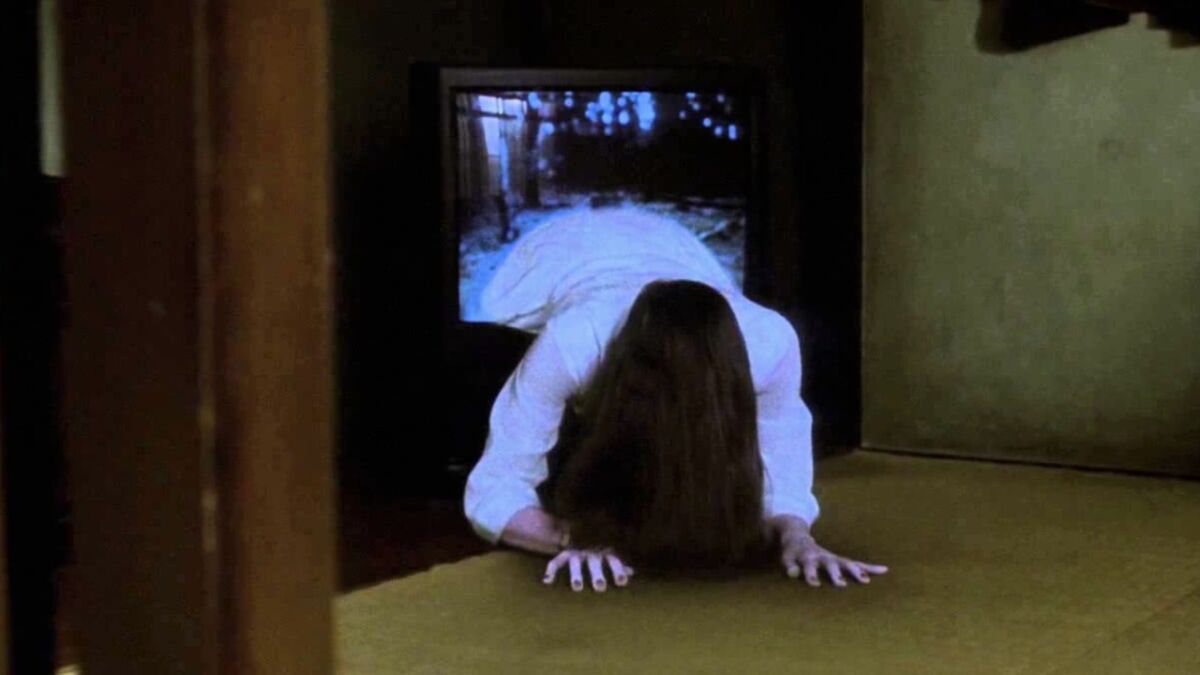
Director: Hideo Nakata
It would be fair to say Ringu remains the most famous movie on this list. It was the first Japanese horror film to have serious mainstream success with western audiences, driving a series of sequels, American remakes, and quite frankly perhaps too much more. The film in its time was hailed for its intriguing story, fascinating approach to the vengeful spirit trope, and for offering genuine scares populated throughout its running time.
Ringu remains a pretty strong horror movie after all these years. It stands now as one of the best genre films of its decade, and nothing has really diluted its energy and effective special effects with a compelling narrative. It showcases with a marked sense of style the terror of something as inevitable as the machinations of a spirit driven to destroy.
The movie still has its greatest strength of successfully building on a genuine mystery into something extraordinary. A tremendous, effectively grounding performance by Nanako Matsushima keeps the film believable to a meaningful degree.
4. Onibaba (1964)
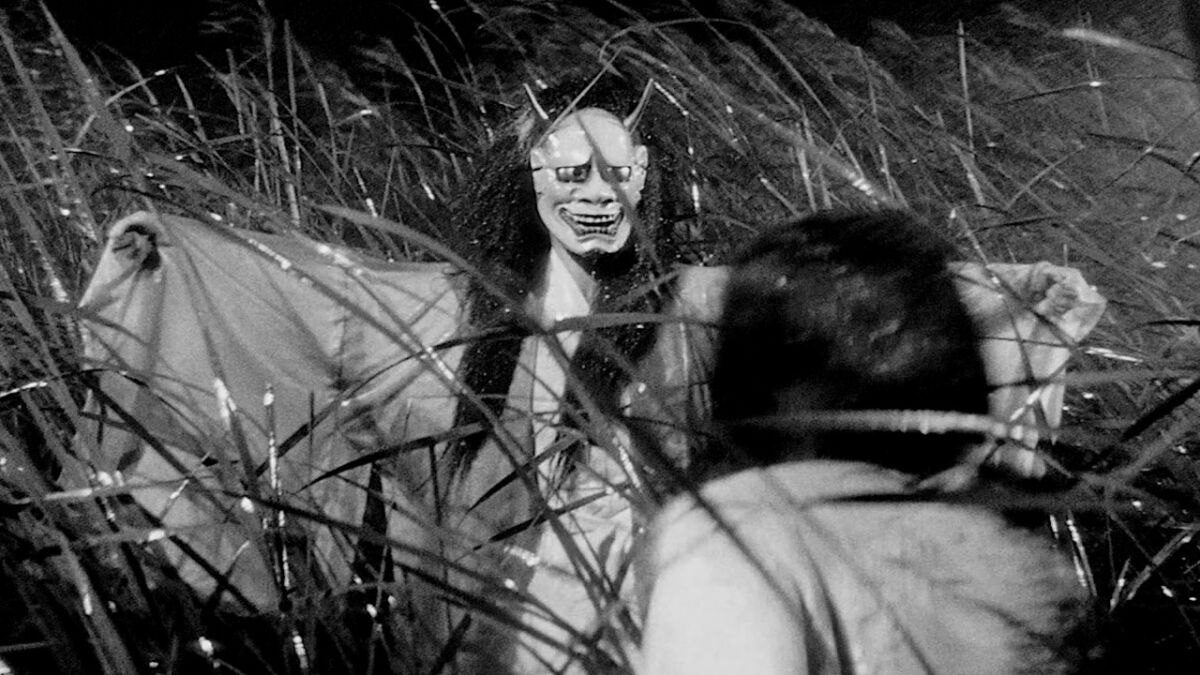
Director: Kaneto Shindo
This is a film which steeps its two main protagonists in the absolute misery of their undeserved circumstances — Onibaba might be the best psychological horror movie on this list. It doesn’t have the vengeful spirits and other monsters so prominent in Japanese folklore and in modern J-horror, but it does play with these concepts in a truly compelling way.
Onibaba concerns an older woman (the incredible Nobuko Otowa) who becomes irreparably damaged by the fear that her widowed daughter-in-law (Jitsuko Yoshimura) will eventually abandon her. While more of a searing portrayal of the timeless cruelties of our species than an outright horror film, Onibaba is a powerhouse of atmosphere, mood, and building to something that’s utterly impossible to shake off afterwards.
Striking visuals have helped Onibaba to continue to find an audience, but it’s really the performances by the leading women who give the movie something uniquely painful and profound.
3. House (1977)
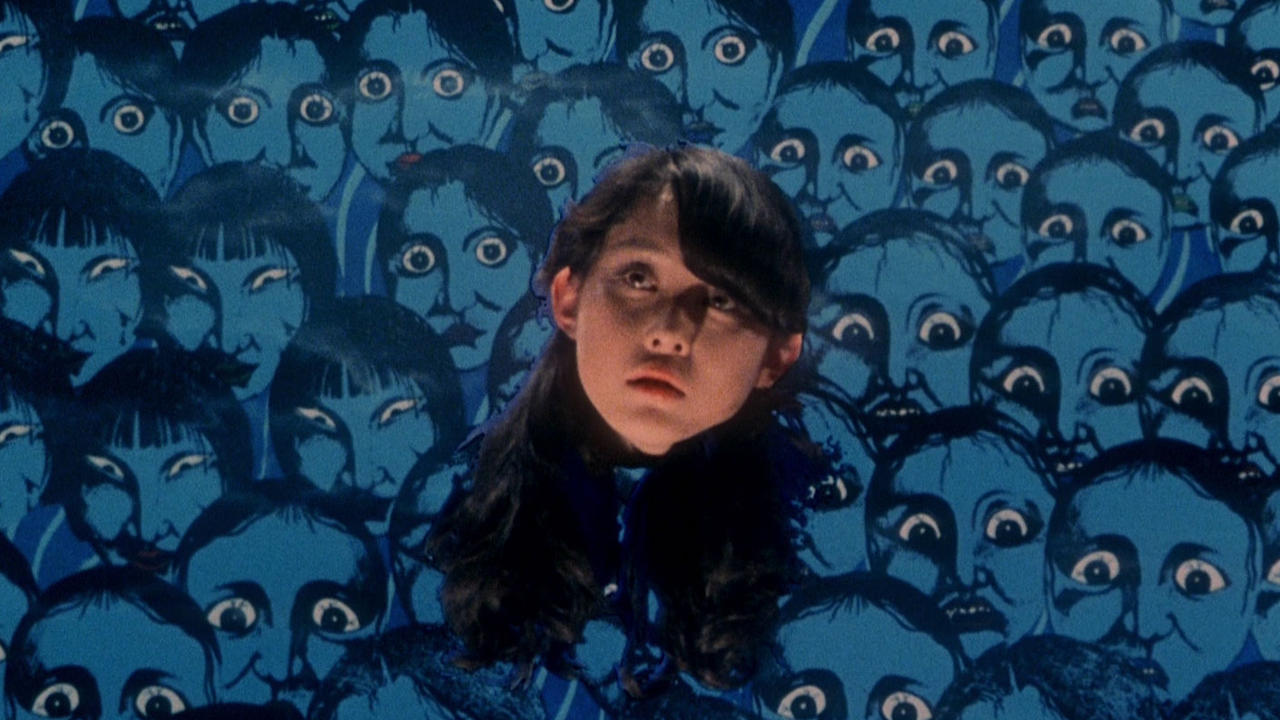
Director: Nobuhiko Obayashi
The reputation of 1977’s Hausu as one of the weirdest movies ever made is firmly established at this point. There is no shortage of articles on the subject. Even seasoned admirers of Japanese film admit that the movie is strange even by the standards of a country known at times for truly unusual media.
Its relentlessly surreal style and tone aside, with a plot featuring a group of young girls who find themselves trapped in a living nightmare at an isolated country estate, is the 1977 House any good?
The short answer is yes. While packed with sometimes-comedic, always-off-the-wall effects and plot twists, House does have more than just a wild series of events going for it. Director Nobuhiko Obayashi strikes a fascinating compromise here between something that hits us with sights and sounds you won’t find anywhere else.
The movie also has plenty of haunted house atmosphere, strong performances and likable characters, and a sense of humor that punctuates that film’s sincere creepiness. House retains its legendary status for being more than just a rollercoaster of the bizarre.
2. Perfect Blue (1997)
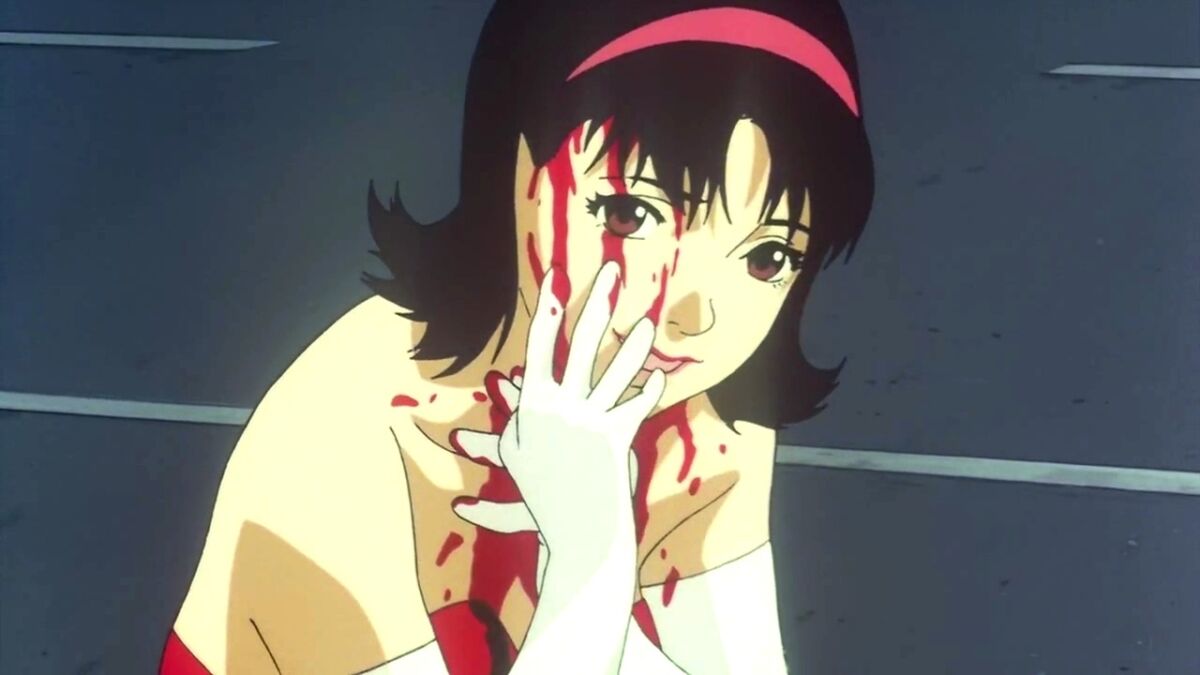
Director: Satoshi Kon
A basic description of Perfect Blue would involve mentioning a retired pop singer who is trying to become an actress while dealing with the fallout of a dangerous stalker. However, as anyone who’s watched this animated masterpiece from the late Satoshi Kon will tell you, Perfect Blue is a mesmerizing depiction of truly haunting horror.
This is the kind of horror film that comes at its audience from every angle. The result is something that veers between scary, unsettling, and sometimes into some of the most upsetting visuals you’ve ever seen.
Perfect Blue benefits from a strong character, despite the fact that at least some of her struggle involves a search for identity. Mima is a layered leading character, whose crumbling sanity alone is enough to evoke a deep sympathy for everything she endures.
Chief among those things is a society that will not grant her autonomy or any sense of peace. We want Mima to survive her ordeal, but we also know that the world she will hopefully return to is only marginally better.
1. Audition (1999)
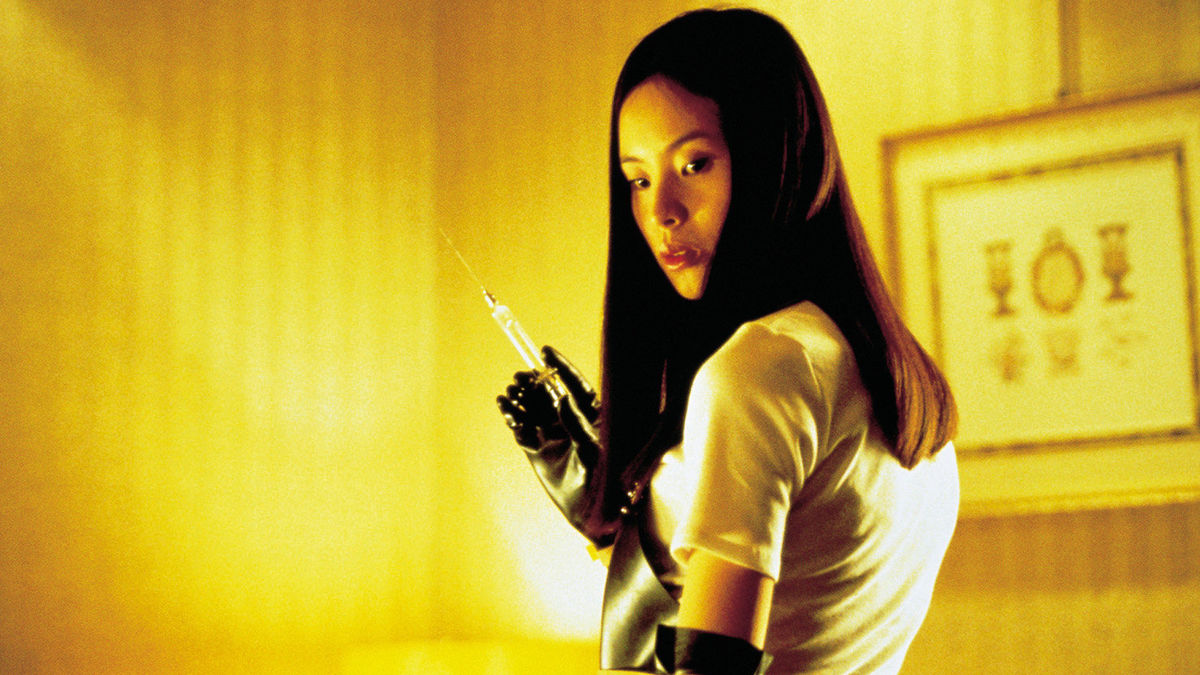
Director: Takashi Miike
By the end of Audition, widower Aoyama (Ryo Ishibashi) is probably regretting the whole decision to return to dating. While Takashi Miike’s strange, harrowing, and at times brutal horror movie doesn’t make him out to be entirely a victim of circumstance, the film does leave us wishing it had gone even just a little bit better for him.
And for a while, as he meets a younger woman (Eihi Shiina) via a fake “audition” process set up by a film producer friend (Jun Kunimura), Aoyama does suspect that his life has taken a turn. Of course, this incredibly well-paced film suggests something is very, very wrong. We have no choice but to follow along, as Aoyama desperately tries to track down this young woman who made such a profound impression on him.
Audition builds on our desire to know what’s coming in a very deep, relentless fashion. We follow along, and rarely take the breath of someone who knows exactly what’s coming next. If this doesn’t move too slow for you, it’s safe to say nothing in your expectations prepares you for what actually happens.
READ NEXT: 20 Best Asian Horror Movies You Should Watch
Some of the coverage you find on Cultured Vultures contains affiliate links, which provide us with small commissions based on purchases made from visiting our site.

![Suicide Club [Blu-ray]](https://m.media-amazon.com/images/I/51jFX3MtPuL._SL75_.jpg)
![Horrors of Malformed Men (Special Edition) [Blu-ray]](https://m.media-amazon.com/images/I/51OH5PqFAKL._SL75_.jpg)
![A Page of Madness & Portrait of a Young Man [Blu-ray]](https://m.media-amazon.com/images/I/51kg8ZW4qEL._SL75_.jpg)
![Tetsuo: The Iron Man / Tetsuo II: Body Hammer [Blu-ray]](https://m.media-amazon.com/images/I/51wDbRPhKbL._SL75_.jpg)
![Matango: Attack of the Mushroom People [DVD]](https://m.media-amazon.com/images/I/41YJyrpMGxL._SL75_.jpg)


![One Missed Call Trilogy [Blu-ray]](https://m.media-amazon.com/images/I/51c99-rzIyL._SL75_.jpg)

![Kuroneko (The Criterion Collection) [Blu-ray]](https://m.media-amazon.com/images/I/41ZT9rodiPL._SL75_.jpg)
![Ugetsu [Blu-ray]](https://m.media-amazon.com/images/I/41ViHuCYiXL._SL75_.jpg)


![Pulse (2-Disc Special Edition) [Blu-ray + DVD]](https://m.media-amazon.com/images/I/51u7S5guQkL._SL75_.jpg)
![One Cut Of The Dead [Blu-ray]](https://m.media-amazon.com/images/I/61vBH76CtzL._SL75_.jpg)
![Vampire Hunter D: Bloodlust [Blu-ray]](https://m.media-amazon.com/images/I/41pFIexuUGL._SL75_.jpg)
![Ringu [Blu-ray]](https://m.media-amazon.com/images/I/418ny9we9QL._SL75_.jpg)
![ONIBABA (Masters of Cinema) (DVD & BLU-RAY DUAL FORMAT) [1964]](https://m.media-amazon.com/images/I/51ibZ57f+sL._SL75_.jpg)
![House (The Criterion Collection) [Blu-ray]](https://m.media-amazon.com/images/I/515r6OjC-aL._SL75_.jpg)
![Perfect Blue- Limited Edition Steelbook [Blu-ray + DVD]](https://m.media-amazon.com/images/I/51dBH7tHssS._SL75_.jpg)
![Audition [Blu-ray]](https://m.media-amazon.com/images/I/516Ho-ANwqL._SL75_.jpg)
